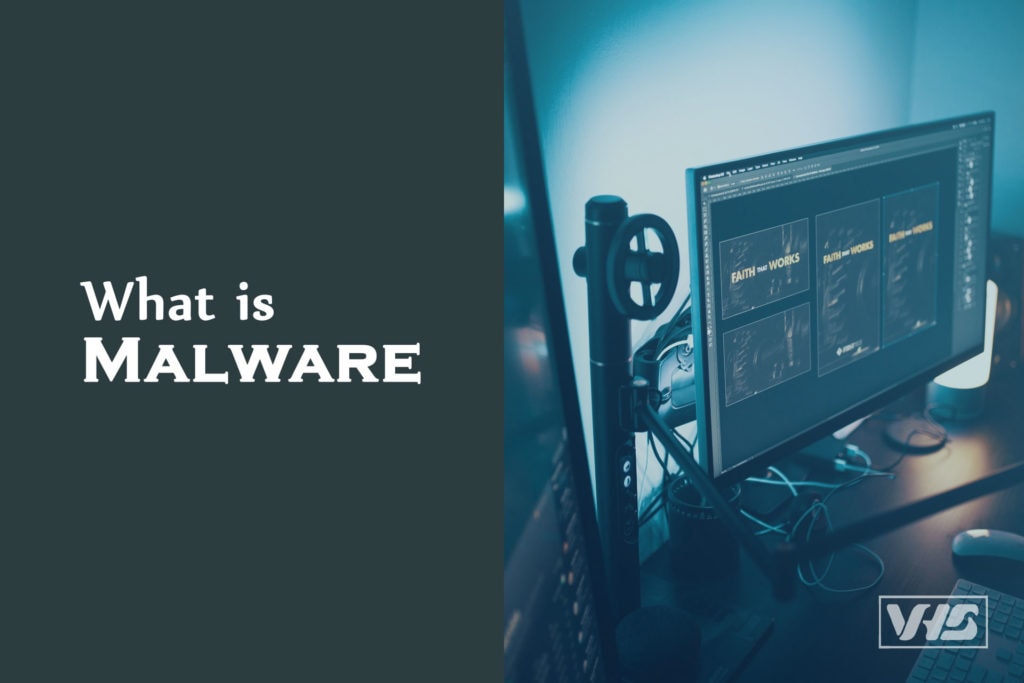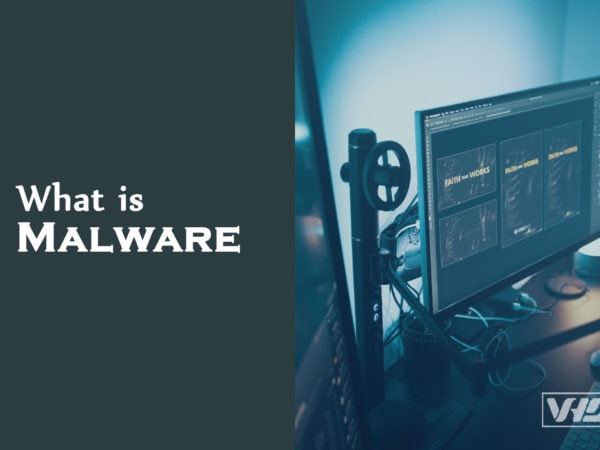
First of all, let’s answer the basic question. What is malware? Malware refers to any malicious software designed to cause damage to a computer system. There are two common ways to deliver malware. Over a network like a web browser or email and by an infected USB drive. This type of program is designed to be harmful to computers, mobile devices, and computer networks. Its capabilities and design vary depending on the objective or destination of the attack.
Cybercriminals typically use this malicious software to obtain data that they can hold for financial gain. For instance, the stolen data ranges from financial to personal emails or passwords. In the last couple of years, ransomware attacks became the most profitable malware software found in the wild.
Most importantly, this type of attack always takes advantage of the weakest link in the network. Consequently, email messages became the preferred way to deliver these attacks. Certainly, because most of the employees cannot determine the difference between a real email from a malicious one.
The Most Common Malware Types
Here are the most common types of malware the exist out there:
Adware
Adware is a malicious type of software that hijacks your computer browsers display unauthorized pop-ups ads. Consequently, replacing authorized advertising with its own set of ads. Therefore, adware became one of the most popular types of malware on the internet.
For example, homepage hijacking is the most typical indication of an infected web browser. To clarify, homepage hijacking refers to unauthorized browser changes that alter the user’s homepage.
In addition, your default search engine might also be affected. Therefore, forcing your browser to display unwanted results.
Spyware
In addition, another type of malware but more dangerous than the previously mentioned is called spyware. Spyware is a malicious program installed in your system that secretly collects and monitors the user’s activities. This malicious program reports back to the hacker, providing them with some of your private information.
Computer Virus
A computer virus is a type of malicious program designed to self-replicate to alter or infect other computer programs within the system. These computer viruses can also be harmful and spread to other computers in the same network.
Above all, in a continuously connected world downloading and executing a computer virus became a constant threat to our systems. The common computer virus can easily spread by infected USB drives, email attachments, or even downloading untrustworthy files from the internet.
Worms
Similar to computer viruses, a computer worm is a form of malware that replicates itself to spread to other computers. However, these malicious programs do not need to attach themselves to an existing program. Instead, a computer worm can automatically replicate itself from one computer to another without the need of the user.
Trojan Horse
Moreover, a trojan horse is a type of malware or malicious program that is disguised itself as a legitimate application. Certainly, why this is one of the most popular types of malware used by cybercriminals. This malicious program portrays itself as a free and usable application to get you to install it on your computer.
Meanwhile, the malicious code is getting install on your system. Subsequently, the attackers are obtaining unauthorized access to the infected system. This type of malware is typically used to gain illegal access to the victim’s financial information. In addition to the stated above, a hacker can use this unauthorized access to install other types of malware such as viruses, keyloggers, or even executing a ransomware attack.
Ransomware
Above all, ransomware became one of the most profitable attacks in recent years. To Clarify, ransomware is a form of malware designed to encrypt the victim’s software and data files. Therefore, the attacker demands money in exchange for the key to release your data.
In recent years, ransomware attacks have become a cybersecurity nightmare by attacking hospitals and government entities. The software behind a ransomware attack is easily accessible through the dark web markets. The ease of spreading this type of malware and profitable payment scheme made it the tool of choice for cybercriminals.
Rootkit
A rootkit is a form of malware that gives the attacker root access or administrator privileges of an affected system. For instance, rootkits are designed to work silently and stay away from the user’s view. This malware variant provides cybercriminals with the ability access to your system by remotely controlling your computer.
Keylogger
A keylogger is a keystroke capturing malware designed to record and report all data typed on the victim’s computer. This malicious program spreads similarly to the other malware I mentioned throughout this article.
A keylogger represents a significant threat to affected devices. As a result, of the keylogger’s ability to intercept private information. This information includes usernames, passwords, and other confidential information entered through your keyboard.

How to Protect Yourself Against Malware
Certainly, following the basic cybersecurity practices can give you plenty of tools to protect your system against malware infection. Personally, the best way to remove malware from your system is by reinstalling your device operating system. This will make sure you don’t leave behind any files that might infect your system again. Here are a few additional tips to help you mitigate these risks.
- Maintain all your software up to date
- Don’t click on unknown links in your emails
- Use a pop-up blocker
- Back up your systems
What is Computer Malware?
Malware is a malicious program typically delivered over a network and designed to be harmful to computer systems.
The Bottom Line
Nowadays, that all of our data is in a digital form. We need to be proactive in improving our online habits. As we all know, not everybody is a cybersecurity expert. The good thing is that you don’t have to be an expert. Just take a few minutes of your time and make sure you’re protected. Congratulations, if you are reading this blog post you’re already taking the first step to protecting your digital assets. In addition, you can always try to use a more secure operating system like Ubuntu Linux.






